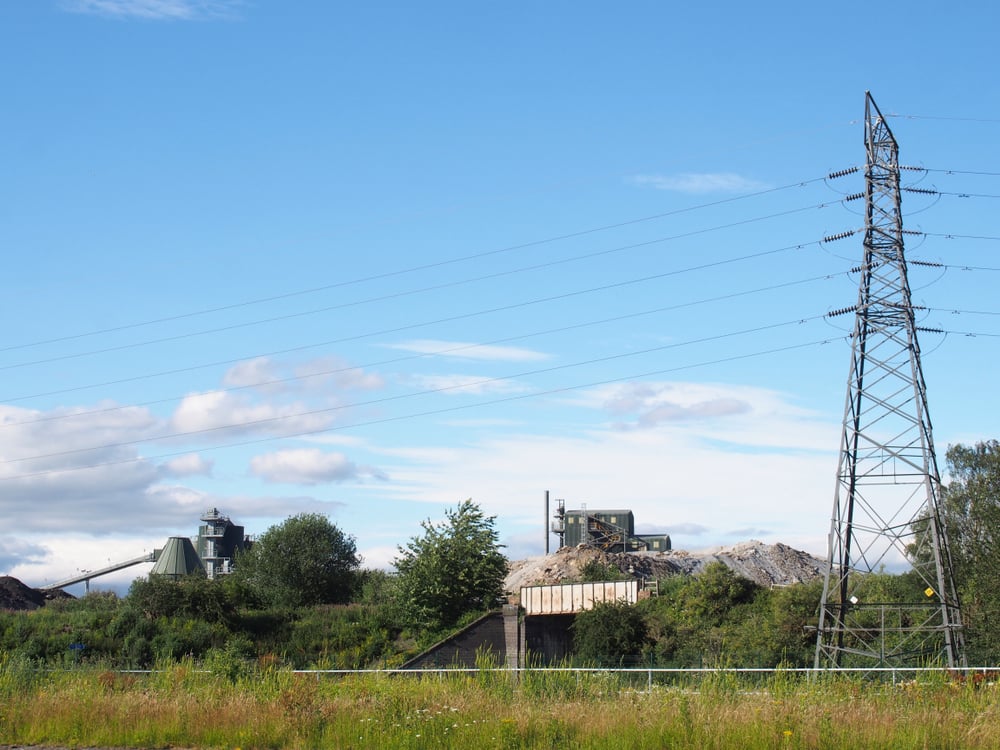Pennsylvania’s Land Recycling Program, also referred to as ‘Act 2’, has transformed economic development in the state’s property development sector. Act 2’s influence on brownfield property development has stimulated economic growth, supported local government partnerships with businesses, and worked to maximize use of existing infrastructure and to preserve prime farmland, open space, and natural areas.
In the past, old industrial sites, often situated in ideal locations with available infrastructure, were frequently passed over by land developers due to the looming threat of liability and costs associated with the environmental clean up of the site. The program, originally established by a series of legislation in 1995, includes five Acts (Acts 2, 3, 4, 6 and 68), which encourage private-sector cleanups and the productive use of vacant industrial sites through incentives built on four cornerstones – uniform clean up standards, liability relief, standardized reviews and time limits, and financial assistance. Savvy property owners, managers, and investors can use these cornerstones to their advantage when considering an environmentally blighted property in Pennsylvania.
The Four Cornerstones
1. Act 2 establishes clear uniform cleanup standards, by law, that are protective of human health and the environment – and which consider future use, an important distinction when considering how best to repurpose commercial or industrial properties. Act 2’s cleanup standards, which include background, statewide health, and/or site specific standards, are based on site conditions, comprising a uniform framework for most voluntary or mandatory cleanups conducted in Pennsylvania. Cleanup standard uniformity enables the property manager to clearly understand the extent and cost of a potential site clean-up, crucial information for most property development and investment decisions.
In 2004, a Memorandum of Agreement was issued between the Pennsylvania Department of Environmental Protection (PA DEP) and the United States Environmental Protection Agency (USEPA) which provides framework outlining procedures for coordination clean ups under Act 2 that may also satisfy clean up requirements under the Resource Conservation and Recovery Act (RCRA), Comprehensive Environmental Response, Compensation, and Liability Act (CERCLA), and Toxic Substances Control Act (TSCA), where applicable.
2. Act 2 also addresses liability relief for remediation. The Act 2 liability protection can extend to future owners, and is intended to address certain concerns that previously inhibited sale of properties and site redevelopment. Historically, many state and federal cleanup regulations disincentivized private cleanup of old industrial sites because of the potential for full responsibility for a site cleanup to be imposed on a new buyer despite having no involvement in the contamination of the property. Similar to the Brownfields Utilization, Investment and Local Development (BUILD) Act of 2018, Act 2 includes liability relief provisions for new owners. Act 2 provides the PA DEP with a vehicle to release owners or developers from state liability for a site that has been remediated in accordance with the uniform cleanup standards and remediation procedures contained in the Act.
Of note, Act 3 of the Land Recycling Program also includes extends liability protection to potential financers (e.g., economic development agencies, lender, and fiduciaries) which is intended to further reduce liability concerns that may inhibit involvement with contaminated or abandoned sites.
3. Act 2 offers consistent reporting requirements and standardized review procedures that provide a definite time frame for report review by the PA DEP. Submission and review procedures are clearly communicated via Act 2 regulations and policy documents for each of the three types of cleanup standards (background, statewide health, or site-specific). The program’s transparency and standardization make it easier for property owners and their consultants to follow program steps efficiently and effectively. Understanding the timeframes in which certain investigation and remediation can occur – with the PA DEP approvals in hand – can help property owners and developers focus on resource allocation and cash flow over the life of the project to ensure the property is remediated in line with other redevelopment plans.
4. Lastly, Act 2 includes financial assistance for remediation costs to further encourage private sector clean up of contaminated, vacant, or otherwise underutilized properties. Through various PA DEP Brownfield Incentive and Funding Programs, financial assistance is available to people or entities who did not cause or contribute to contamination at a site, including grants and/or low interest loans for assessment or remediation. One example is the Industrial Sites Reuse Program, which is designed to help innocent persons conduct voluntary cleanups. Funds may be used by eligible applicants for Phase I, II, and III environmental assessments and remediation of hazardous substances. Additional sources of financial assistance are available through the Pennsylvania Department of Community and Economic Development (PA DCED).
Is PA DEP’s Act 2 Right for You?
Together, the four cornerstones of the Act 2 Program provide incentives and break down redevelopment obstacles into manageable steps, to encourage private sector clean-up of brownfield properties and returning these formerly blighted properties to productive use. By carefully reviewing the specifics of your property and the requirements of Act 2, you can work with an environmental professional to develop remediation models, timeframes, and estimated costs before approaching the PA DEP. You can then use this information to create a more complete picture of the various aspects of redevelopment, soliciting contractor bids and preparing building design scenarios that take into consideration the expected requirements and timeframes of the PA DEP, meaning less surprises and setbacks when actual redevelopment commences.
References




